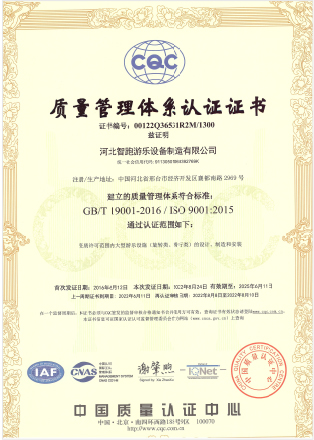- Albanian
- Arabic
- Belarusian
- Bengali
- Czech
- English
- French
- German
- Hebrew
- Hungarian
- Indonesian
- irish
- Italian
- Japanese
- kazakh
- Persian
- Russian
- Thai
- Uzbek
- Vietnamese
basic roller coaster design
Basic Roller Coaster Design A Thrill Seeker's Dream
Roller coasters have been an emblem of amusement parks for decades, capturing the hearts of thrill-seekers with their exhilarating twists, turns, and drops. The art and science behind roller coaster design combine engineering, physics, and creativity to deliver unforgettable experiences for riders. This article explores the basics of roller coaster design, shedding light on the key components that make these rides both thrilling and safe.
At its core, roller coaster design revolves around understanding the forces that act on riders during the experience. The fundamental forces at play are gravity, inertia, and centripetal force. As the roller coaster climbs a hill, it gains potential energy that is eventually converted into kinetic energy as it descends. Designers must carefully calculate the height and angles of hills to ensure a balanced experience—not too intense to frighten riders away, yet thrilling enough to keep them coming back for more.
Basic Roller Coaster Design A Thrill Seeker's Dream
Safety is paramount in roller coaster design. Engineers use advanced simulations and models to predict how the ride will behave under different conditions. Materials and structural integrity are also crucial; most coasters are built from steel or wood, each offering distinct benefits. Steel coasters generally provide smoother rides with more complex inversions, while wooden coasters are known for their classic feel and robust construction.
basic roller coaster design

Another important factor in roller coaster design is the ride's cycle time, which refers to the duration from the start of one ride until the completion of the next. A well-optimized cycle time can increase the throughput of the ride, allowing more riders to experience the thrill in a shorter amount of time. Designers must strike a balance between thrill and capacity to ensure that the attraction remains popular and efficient in the park.
Aesthetics and thematic elements also play a significant role in roller coaster design. Many coasters are designed with a particular theme in mind, contributing to the overall atmosphere of the amusement park. Themed rides may incorporate elements like storylines, sound effects, and intricate decorations, enhancing the immersive experience for riders.
Finally, the rider experience is central to roller coaster design. Designers often consider the psychological aspect of the ride, focusing on how anticipation, fear, and excitement affect the overall experience. Elements like the chain lift, where riders ascend slowly before the drop, build suspense and enhance the thrill when they are finally released.
In conclusion, basic roller coaster design is a fascinating blend of engineering principles, safety measures, and creative expression. The successful creation of a roller coaster requires a deep understanding of physics and human psychology, ensuring that riders enjoy both the thrill and safety of their adventure. As amusement parks continue to evolve, so too will the art of roller coaster design, providing new and exciting experiences for generations of thrill-seekers to come.
-
Flume Ride-Hebei Zhipao Amusement Equipment Manufacturing Co., Ltd.|Thrilling Water Attraction&Customizable DesignJul.30,2025
-
Flume Ride - Hebei Zhipao Amusement Equipment | Water Coaster, Thrilling DescentJul.30,2025
-
Flume Ride - Hebei Zhipao | Thrilling Water AttractionJul.30,2025
-
Flume Ride: Thrilling Water Attraction by Hebei Zhipao|Log Flume Manufacturers&Flume Ride DesignJul.30,2025
-
Flume Ride-Hebei Zhipao Amusement Equipment Manufacturing Co., Ltd.|Thrilling Water Coaster, Safe DesignJul.30,2025
-
Flume Ride-Hebei Zhipao Amusement Equipment Manufacturing Co., Ltd.|Thrilling Water Attraction, Safe DesignJul.30,2025
